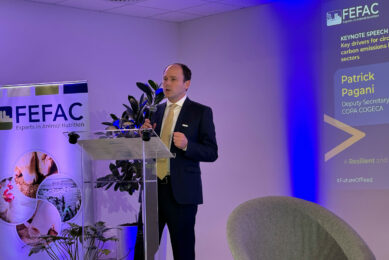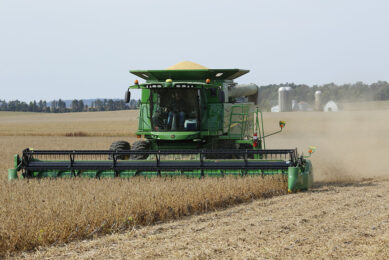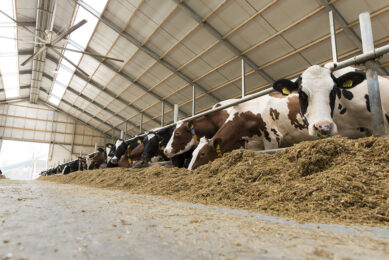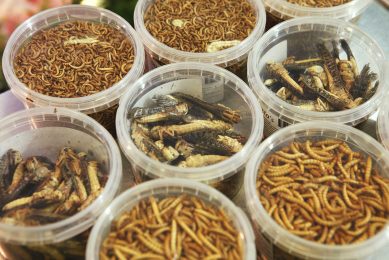More sheep in the EU
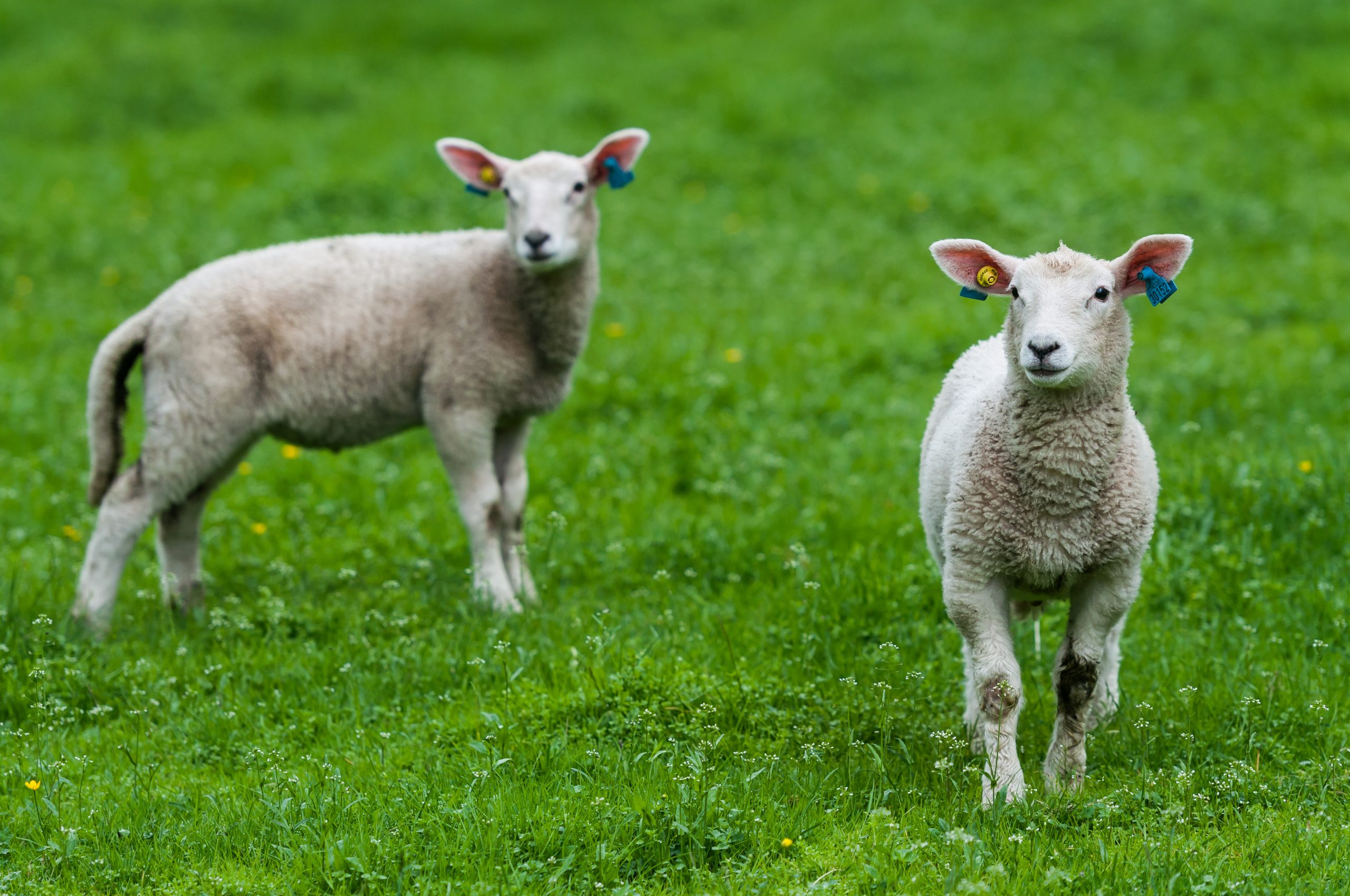
According to the 2016 December livestock survey from the European Union, the number of sheep in the EU increased by 1.4 million (+1.6 %).
The number of sheep manly increased in Spain (+394,000), the UK (+437,000) and Romania (+268,000). On the other hand, the number of ewes put to the ram remained relatively static.
After a drop in the number of goats in 2015, the trend was reversed, mainly as a result of major efforts to rebuild the herd in Spain (+385,000 heads in 2 years). The number of goats in the Netherlands rose by 36,000, while the figure for Romania was +43,000 and that for Italy +65,000. Numbers in Greece, on the other hand, dropped below 4 million (-129,000) for the first time in years.
Read also: Electronic water and feed intake monitoring
More meat exported
As a consequence, EU net sheep and goat meat production increased by 2.1% (907,000 t) in 2016. Although net production of sheep and goat meat fell by 2.7% in the first quarter of 2017, it is expected to catch up and increase by 2.1% in 2017, mainly driven by production increases in the UK, Spain and Romania. The drop in the first quarter can be attributed to Easter (and the larger number of sheep and goats slaughtered at that time of year), which was in April in 2017. During the same period, and unlike the other major producing countries, the UK recorded a 7% increase in slaughterings, confirming the carry-forward of slaughterings from 2016 to 2017. Lamb meat export is done by the 4 main countries, all located around the Mediterranean, accounted for almost 95% of trade. Light lamb exports from Spain seem to be finding new outlets in Morocco and Algeria. Overall, live exports are expected to fall slightly, by 1%, in 2017, which implies they will remain just under the high level recorded in 2016. Also sheep-a and goatmeat are doing well. A 120% increase was recorded during the first 4 months of 2017. Exports to Hong Kong are doing especially well again. Thanks to the weaker pound sterling, the UK is becoming more competitive on the international market. A 60% increase is expected by the end of 2017.
Impact on EU sheep meat price
With meat exports increasing and imports declining, less sheepmeat is expected to be available on the EU market. Consequently, per capita consumption in the EU could drop by 1.5% in 2017, but would rebalance again in 2018, thanks to adjustments in production and imports. Since consumption in the EU accounts for only 2.5% of total meat consumption, or 1.9kg/capita, small changes have a negligible effect on the meat consumption basket as a whole..
Source: EU short-term outlook




